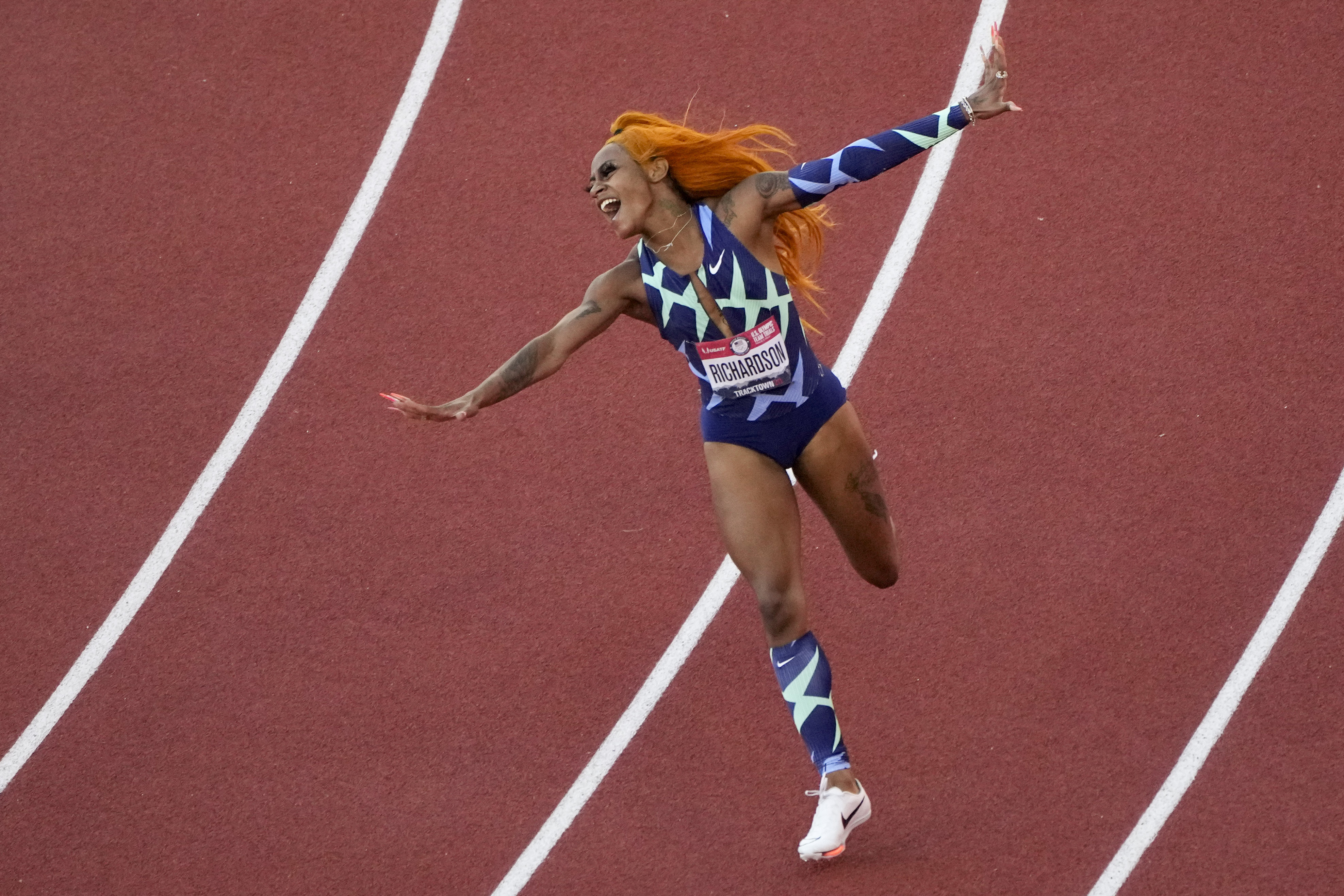
Elise Cooper will go to the Olympics one day.
The fastest high school sprinter in Maryland is one of the most promising racers the state has produced in recent years, setting a national record for the indoor 300-meter dash in February. She’s headed to Texas this fall on scholarship, and her dream of qualifying for the 2028 Games looms in the distance.
But, in the modern era of sports, with the money that floods the landscape, other goals arrive much faster — faster than a teenager is usually prepared for.
On her 18th birthday, Cooper signed her first name, image and likeness deal with Puma, essentially becoming a pro sprinter for one of the world’s biggest sports apparel companies on her first day of legal adulthood. Even before she signed, the outfitter had sent boxes of gear to her home in Owings Mills — all the free shoes, shorts and sweats the McDonogh School student could have imagined streaming through her door.
The Baltimore Banner thanks its sponsors. Become one.
There was only one catch. Until the company announced the deal, she had to keep one of the most exciting things ever to happen in her career a secret from her closest friends.
For nearly three months this spring, the knowledge burned within her chest. At track practice, her teammates would notice her head-to-toe wardrobe from Puma, sniffing a deal was in the works.
Cooper’s strategy? Deny, deny, deny.
“I was low-key gaslighting them,” Cooper said. “I would just tell them, ‘I like wearing the stuff.’ It was longer than I thought. Way longer.”
In April, Puma finally made public what the Cooper family kept to themselves for what felt like an eon — Cooper was the company’s first high school sprinter signed to an NIL deal, a landmark move in a brand-new market. Only a few years ago, such young athletes would never have been allowed to profit off their athletic careers — and also compete collegiately — in the name of protecting the American curiosity formerly known as “amateurism.”
The Baltimore Banner thanks its sponsors. Become one.
It’s a new day for athletes and their families, who for the first time have the ability to cash in on NIL agreements that pay off years of hard work, even if they’re teenagers in high school. But it’s also a new, potentially treacherous marketplace with few regulations and even fewer experts who can give good advice.
For nearly two years, the Coopers considered various deals from some of the biggest companies in sports, holding out past offers of free gear, of flights to national meets and the prestige of being one of the first high schoolers to get signed.
Danielle Cooper — Elise’s mother, whom she lovingly calls her “mom-ager” — consulted dozens of parents, coaches, lawyers and industry pros in an effort not to get the most profitable deal for her daughter but the one that made the most long-term sense. Even the people she asked knew mostly one corner of the business. Almost no one is evaluating the bigger picture of a rapidly evolving landscape. What is a caring parent to do?
“Basically, no one knows,” Danielle Cooper said. “Even the people you think should know don’t really know. It’s really hard to go on.”
An uncharted economic frontier
It has been less than four years since NIL deals were permitted by the NCAA, a moment that stands as a starting pistol in a race toward economic chaos. Although the new system corrects flaws of the amateurism model by distributing more money into the pockets of the athletes who generate it, the clandestine nature and shadowy rules of the marketplace defy easy understanding for the families caught in the swirl. Especially for Olympic or so-called “non-revenue” sports.
The Baltimore Banner thanks its sponsors. Become one.
Bill Carter, the founder of Student Athlete Insights, hears NIL stories and questions all day long from families who haven’t thought much about the money before. A family of a highly rated lacrosse recruit recently went on a college visit during which an NIL collective offered their child $30,000 to enroll at that university.
The family had been largely considering other factors: academics, coaching staff, the program’s track record. Suddenly, they were ambushed by new questions.
Is $30,000 a good deal? Should we go to other schools and ask what their NIL offers are? Could we negotiate more money? Would that be too pushy?
“They left stunned,” Carter said. “They didn’t know whether it was the deal of a lifetime or an insult.”
While deciding whether to accept tens of thousands of dollars may be a good predicament to face, the families of these elite athletes are increasingly finding themselves in these positions. Markets have stabilized somewhat for Division I football and basketball players, and parents can more easily find what might constitute a fair NIL deal based on the school and the position their child plays.
The Baltimore Banner thanks its sponsors. Become one.
But in track the field of top-flight talent is so small — Carter estimates as little as 0.02% of even NCAA track and field athletes draw significant NIL interest — there isn’t any sort of conventional wisdom for how these deals should work.
Prep track meets are dominated by a few shoe companies, particularly Nike and New Balance, which annually run competing meets they each call “nationals.” Elise is running this weekend in the New Balance Nationals at Penn. She’ll be a top competitor in the 200 and 400 meters — largely because it’s easier to drive to Philadelphia than it is to fly to Eugene, Oregon, where Nike stages its event.
The first NIL deals the Cooper family heard about were stipends, around $1,000 or so, from these companies to cover the cost of travel and lodging for their big meets, drawing elite competition into the field. These are typically accompanied by flattering social media posts and, of course, complimentary gear.
For a teenager, a pair of free shoes is a sweet siren song. Elise figured she should start her strides into the NIL market by taking one of the short-term agreements. Danielle was not as convinced, especially after talking to a family friend who has worked as a sports agent.
“It was my mom who talked to other people and made the decision to hold out,” Elise said. “I kinda wanted stuff now, but I started to understand more after doing more research. NIL’s always evolving, so I’ll never fully understand it.”
The Baltimore Banner thanks its sponsors. Become one.
Confusing by design
The confusion around NIL deals, especially at the high school level, is not by accident. It’s by design.
The Maryland Public Secondary Schools Athletic Association offers a seven-page NIL guidance that has one key rule: When an athlete makes a deal, they cannot be wearing their high school uniform or use content captured from high school competitions. The regulations mainly serve to keep the MPSSAA separate from the economic frenzy.
Carter said that is a common approach by high school associations across the country. They are most concerned with keeping themselves, and their intellectual property, apart from the NIL chase — what he describes as a legal “moat” around the schools. The list of “do-nots” can help the associations, but it rarely offers much help to families.
“The conversations people frequently have around NIL are almost entirely viewed through compliance or almost entirely viewed through seizing the opportunity — but those conversations rarely converge,” Carter said. “It’s so rare they come together, even though that would benefit the athlete the most.”
The way anyone learns anything about NIL is by exhaustively asking around. Not everyone is lucky enough to have Danielle Cooper as a mom or Owings Mills Track Club coach Michael Ray as a supporting resource.
The Baltimore Banner thanks its sponsors. Become one.
Ray and the Coopers made it their mission to get as much guidance as possible. They talked to Quincy Wilson, the Bullis School standout who won a relay gold medal at 16 last year in Paris (he signed with New Balance). They spoke with the Whittaker family, whose daughters Juliette and Isabella both went to the Olympics last year. They spoke to coaches and employees affiliated with brands, trying to figure out what the structure of a fruitful long-term deal would look like.
But even knowing the framework (not necessarily the dollar value, which can be hard to fish for, even among friends) of some of these deals helped only somewhat. In track, value can be extremely subjective, and even more so for a high schooler who, although she has run in the Olympic Trials, has not captured the international success that others with deals already have on their résumés.
“Because it hasn’t become commonplace, you’re really setting the journey that’s brand new,” Ray said. “There’s no standard deal. They might have an idea of what your value might be, you might have a totally different idea, but there’s no template. It’s hard being the first.”
Athletes and their families are not the only ones taking timid steps into the market. The brands themselves have spent the last few years trying to figure out the best way to get in on high schoolers, too.
José (pronounced “yo-say”) van der Veen, Puma’s global head of product line management, ran middle distances in her native Netherlands before going to the University of Texas El Paso in the late 1990s. She had a small regional deal with Puma that she had to give up because of NCAA rules — “I was a little bit bummed at the time,” she said — so she appreciates how quickly the circumstances have changed.
Puma fancies itself a youthful and energetic brand, capitalizing on the colorful personalities of gold medal-winning sprinters like Usain Bolt and Julien Alfred as its spokespeople. While Nike and other brands were quick to jump into exploring high school NIL deals, Puma was more circumspect. There were so many differing state regulations, so few certainties in investing in athletes so young.
“It’s uncharted,” van der Veen said. “For our in-house lawyers, it’s a space we want to be fair and be a little cautious. But the market, that’s where it’s moving to. You obviously have to go there because other brands are going there.”
Elise Cooper was a good candidate for Puma because she’s fast, first and foremost. But it’s also no accident that the brand wanted a candidate with the kind of support system Elise has in her corner.
Her parents were both athletes, and both her sisters are track stars, too (twin sister Elena is heading to Stanford, while older sister Ella competes for Harvard). She’s competed for Owings Mills Track Club under Ray for more than a decade, and Ivy League schools recruited her for her academic prowess before she committed to the Longhorns.
With high school athletes especially, companies want good long-term investments when they bring a teenager into the fold.
“The line to become professional athletes, it’s not linear,” van der Veen said. “Elise seems to have a very good support network around her. If she gets injured, if something happens, she’s smart enough to figure out it won’t define her. … At the highest level, the talent of these athletes eventually becomes pretty similar. It comes down to how mentally tough you can be.”
How a deal came together
The day Elise Cooper set a national record was unusual not because there was some electric feeling in the air leading up to her run — it was the opposite.
Cooper was at The Circuit in Philadelphia on Feb. 28, the day before the meet started in earnest. In the video, there is almost no one in the stands. She was racing against her friend Sydney Sutton from the Bullis School.
Cooper came into the race hoping for a personal record, but she did not imagine smashing Shawnti Jackson’s record by more than three-tenths of a second — a massive gap in the blink-length margins of sprinting.
“I guess I felt fast,” she said. “But I looked at the clock and I was like, ‘Oh my God!’”
Although Cooper prides herself on her ability to perform under pressure, one of her best runs ever came in one of the most low-stakes races of her career. But the days of racing in front of empty stands are numbered, and even more is on the line now that she’s under her first pro contract.
Track deals, maybe even more than those in other sports, are laden with incentives. Athletes get bonuses for reaching PRs, for clocking under certain times, for winning big meets. Although the Coopers did not share all details of Elise’s contract with The Banner, her deal with Puma — as well as future extensions she hopes to sign — have some of these incentives.
The unusual thing about track deals, however, is also the potentially hazardous piece: Sometimes, athletes who get hurt or don’t meet specific goals end up giving money back to their sponsors. Ray has seen it happen with other athletes he’s coached.
There are so many inherent tensions with signing track stars in their teens, it can be hard to decipher what kind of business arrangement makes sense.
“You at least have to look at it with an eye toward the future and what the individual athlete might accomplish,” Ray said. “A good deal in 2025 might not be a good deal in 2026 if you go to college and set the world on fire.”
Trying to be mindful of all of these factors, the Coopers sought a deal with a company that could mature over time. Puma wasn’t the only brand they considered. They liked On Running, a relative upstart from Switzerland founded in 2010, but the company didn’t have as long a track record with sprinters as Puma did. Ultimately, the relationships with the company and the Puma spikes themselves helped seal the Coopers’ decision to sign.
“A lot of people were saying, ‘This is the shoe she’s going to run in if she goes to the Olympics in 2028,’” Danielle said. “So that got in my head, and I was like, ‘Well I really do like On as a brand.’ But then … you’re gonna have to wear that shoe.”
The red carpet treatment from Puma felt particularly special for the Coopers, who traveled to the company’s American headquarters in Boston together. Elise tried out new gear, saw shoes in development that won’t be released for years, and had her feet closely measured for potential custom work down the line.
Puma is a Formula 1 racing sponsor, and Elise (who is a huge fan of F1) could be attending the Grand Prix in Texas in October as a special guest of the brand. A flight to the company’s world headquarters in Germany is sometime in the future.
But with all the perks comes pressure. Danielle has emphasized to Elise that she has to start thinking of track in more serious terms. No late nights cavorting in her friends’ hotel rooms before a big race. Although Elise will wear Nike gear when she competes for Texas under the school apparel deal, she’s contractually obligated to wear Puma at all other events (Ray bought Puma gear for himself as a show of solidarity).
For the previous 10 years, track was Elise’s passion. She still loves it, but now it’s her job.
“I think, when she saw the contract,” Danielle said, “it was when she realized, ‘OK, this is the real deal.’”
Everything on the line
Since she was 7, the sound of the starting gun has always given Elise a jolt.
It’s a little burst of fear that has never fully gone away — a tic that annoyed Elise when her mom pointed it out to me. “OK, first of all, that wasn’t even relevant,” she said, rolling her eyes in Danielle’s direction.
Danielle dotes on her daughters, and while Elise sometimes teases that the parenting style can feel over the top — Danielle has a running gag that she will buy an RV next year to drive to her daughters’ various meets — she ultimately embraces her mom’s dedication to her career. On her notes app on her phone, there’s a long to-do list of things she wants Danielle to accomplish.
“Not even halfway finished,” Elise playfully jabbed. “Wow, look at that.”
As much as she can push back on her mom’s devotion, she deeply appreciates the fact she probably would have never landed the deal with Puma without that level of diligence. Having a parent who can do this much legwork is a luxury not every athlete has.
Carter said the one piece of advice he would give every family trying to navigate the NIL market is to have patience. If a deal is on the table, there’s a good chance it will stay there for weeks or months. He estimated 90% of the regrets he hears from people are that they pounced too quickly.
“I would tell anyone to slow down and think about the ramifications of it before you sign it,” he said. “Spend a little bit of time thinking about who might help you: an attorney, someone to review the contract, a financial adviser. Get their input, and move through the process slowly.”
The market could help athletes and families by stabilizing and adding regulation. As the NCAA moves into revenue sharing, there’s a sense that NIL will become less important to the overall economics of sports — and companies would welcome some corralling from the Wild West the space is now.
It reminds van der Veen of the chaos in the late 2010s when “super spikes” hit racing and led to records all over getting slashed. Over the next few years, regulating bodies stepped in, other companies caught up and the field evened out again. She hopes the forces overseeing NIL in the NCAA and high schools have a similar flattening effect soon.
“I know the coaches are getting together right now, saying, ‘Hey, we really need to protect these Olympic sports,’” she said. “I really think, in the next couple of months, you’ll see pushback against the rules, more regulation of it. It will get more established and clearer.”
But it’s also likely that elite track athletes like Elise Cooper will always be a kind of outlier, that there may never be one template for the best deal or partnership that makes the most sense or carries the least risk. There may be less than a dozen high schoolers in any given year with the talent to attract contracts from big companies, and their families will always have steep learning curves in the short window that such deals are available.
What helps the Coopers is how independent Elise is when it comes to the races. She warms up and prepares on her own, mentally envisioning the race — tamping down her quickening pulse as she awaits that sharp bang of the starting gun that has never quite lost its intimidating bite.
“The difference between her and other athletes for me is she’s always able to get race ready on her own,” Danielle said. “She’s never needed me for the race. She’s always been independent in her preparation.”
There’s more on the line now than ever for Cooper, an axiom for her career from here until (at least) she shoots for Olympic gold in 2028. But the list of goals she has are all about her PRs — not about her salary, college or world titles or even earning all the free shoes in the world.
That’s why those around Elise see the Puma contract not as the conclusion to a saga but merely another step. That’s what everyone is hoping for.
“You see when the kids get serious about it and what that means for the sacrifices they make for themselves,” Ray said. “Usually the motivator is something beyond money. They really want to be the best of the best.
“Elise,” he added, “is one of those people.”
0

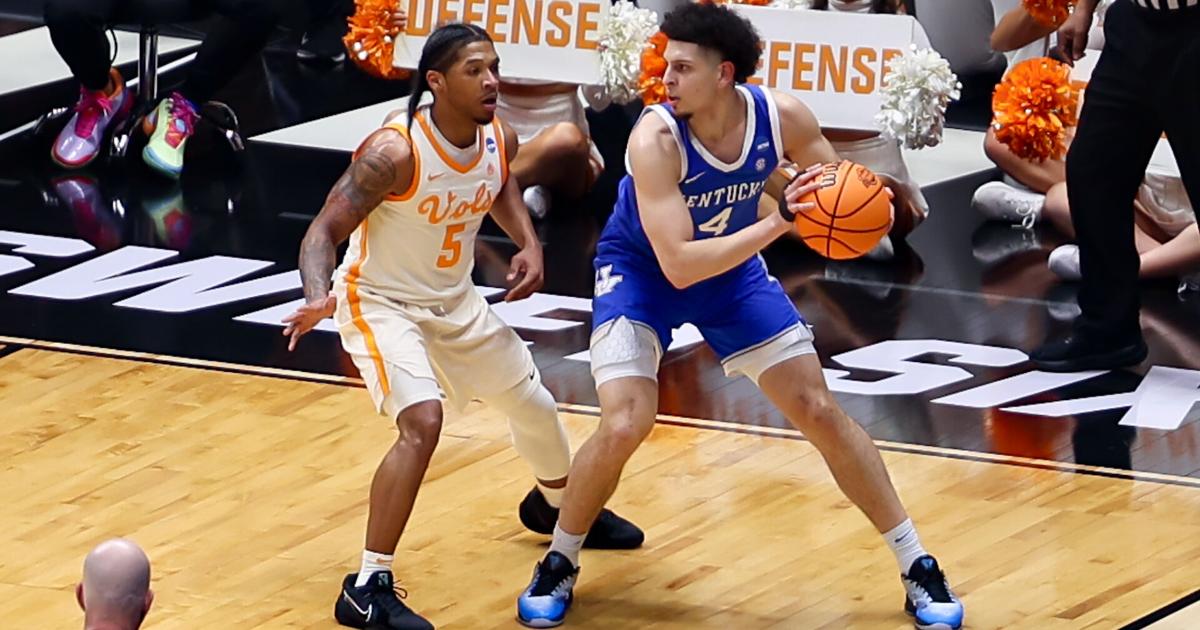

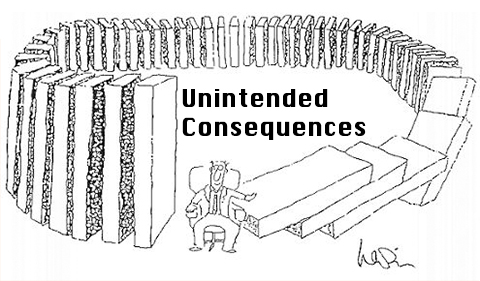


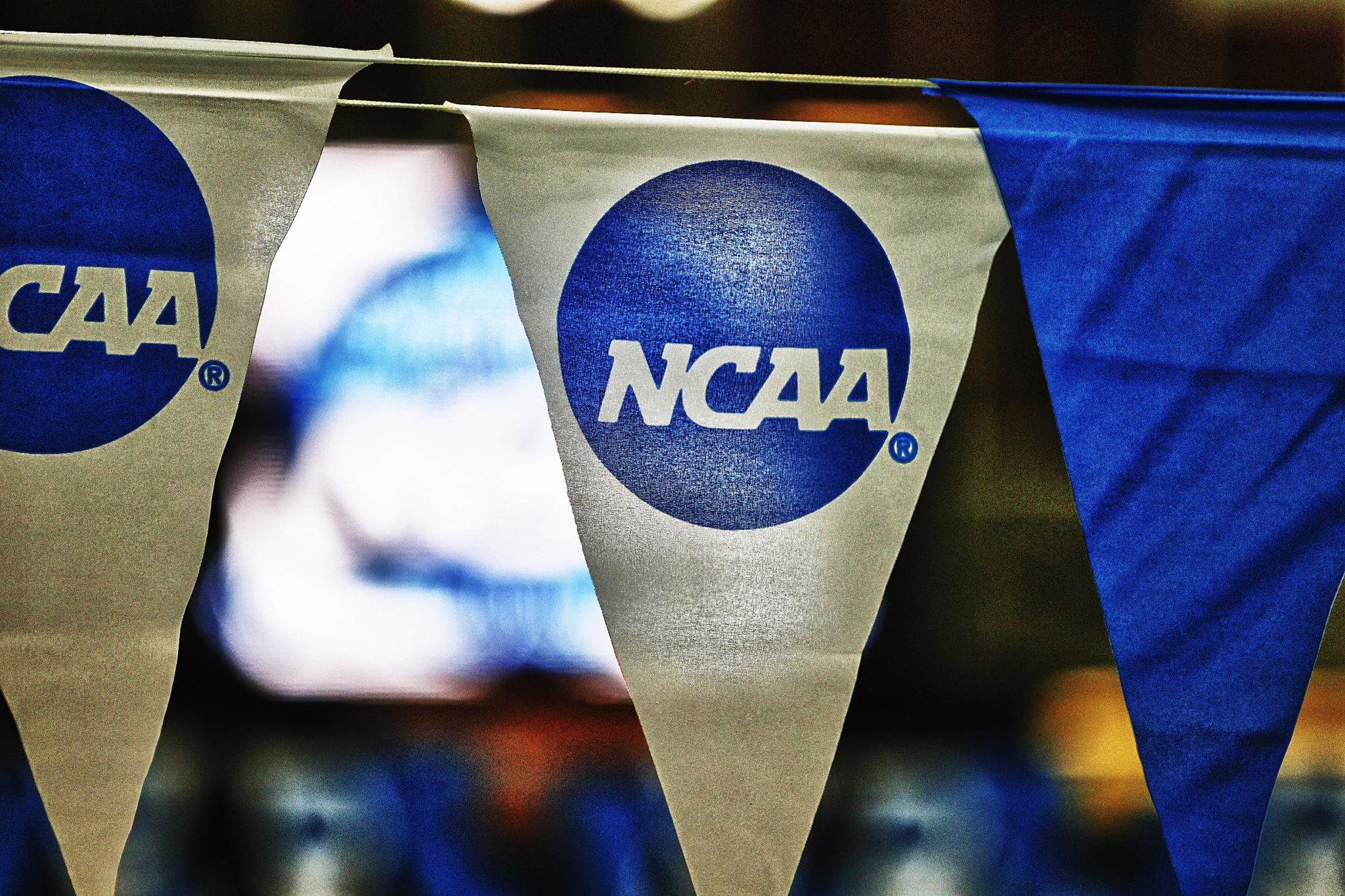

 AI-assisted summaryThe House vs. NCAA settlement allows direct payment to student-athletes and establishes a revenue sharing model.A College Sports Commission will oversee NIL activities and a clearinghouse called NIL Go will review deals over $600.Participating institutions, primarily Power 5 schools, must adhere to a revenue sharing cap and report NIL deals.The world of college recruiting with name, image, and likeness deals has seemed lawless and ungoverned since it initially became legal in 2021.
AI-assisted summaryThe House vs. NCAA settlement allows direct payment to student-athletes and establishes a revenue sharing model.A College Sports Commission will oversee NIL activities and a clearinghouse called NIL Go will review deals over $600.Participating institutions, primarily Power 5 schools, must adhere to a revenue sharing cap and report NIL deals.The world of college recruiting with name, image, and likeness deals has seemed lawless and ungoverned since it initially became legal in 2021.![Florida Gators athletic director Scott Stricklin looks at the scoreboard during the second half against the Kentucky Wildcats at Steve Spurrier Field at Ben Hill Griffin Stadium in Gainesville, FL on Saturday, September 10, 2022. [Matt Pendleton/Gainesville Sun]](/gcdn/authoring/authoring-images/2025/06/08/SGAT/84102751007-usatsi-20909715.jpg?width=660&height=440&fit=crop&format=pjpg&auto=webp)
 Yes. Schools are permitted to distribute up to 22-percent of the average revenue between the Power-5 conferences from media rights, ticket sales, and sponsorships. This is known as the revenue sharing cap or benefits cap, and is the maximum dollar amount a school may provide to its student-athletes during an academic year.What is the revenue sharing cap under the new House Settlement?The benefits cap for 2025-26 is set for $20.5 million and is expected to rise. A 4% bump is expected every year for the first three years, with a full recalculation after year four.How is the House Settlement’s revenue sharing cap calculated?First, participating schools from the five conferences (plus Notre Dame) enter their revenue into eight categories; ticket sales, input revenue from participation in away games, media rights revenue, NCAA distributions and grants, non-media conference distributions, direct revenue from participation in bowl games (as well as conference distributions from bowl revenues), and athletics department revenues from sponsorships, royalties, licensing agreements and advertisements.The cap is then found by pulling 22% from the sum of the revenue generated by the eight defined categories.Do NIL deals count towards the revenue sharing cap?
Yes. Schools are permitted to distribute up to 22-percent of the average revenue between the Power-5 conferences from media rights, ticket sales, and sponsorships. This is known as the revenue sharing cap or benefits cap, and is the maximum dollar amount a school may provide to its student-athletes during an academic year.What is the revenue sharing cap under the new House Settlement?The benefits cap for 2025-26 is set for $20.5 million and is expected to rise. A 4% bump is expected every year for the first three years, with a full recalculation after year four.How is the House Settlement’s revenue sharing cap calculated?First, participating schools from the five conferences (plus Notre Dame) enter their revenue into eight categories; ticket sales, input revenue from participation in away games, media rights revenue, NCAA distributions and grants, non-media conference distributions, direct revenue from participation in bowl games (as well as conference distributions from bowl revenues), and athletics department revenues from sponsorships, royalties, licensing agreements and advertisements.The cap is then found by pulling 22% from the sum of the revenue generated by the eight defined categories.Do NIL deals count towards the revenue sharing cap? Yes and no. NIL deals paid from a source outside of the school, or a third-party, does not count towards the revenue sharing cap. Other funds distributed from student assistance funds or third-party grants/awards are also exempt from the benefits cap up to a certain amount.However, if a player is receiving funds directly from a school for NIL purposes, that money will be counted against the benefits cap.What money counts against the revenue sharing cap under the House SettlementAny money a player receives directly from a schools for NIL uses is applicable to the benefits cap. Any other direct payment or additional benefits a player or their family receives that is not exempted by NCAA rules is also fair game.Academic and graduation awards (like Alston Awards) also count towards the cap, but only up to $2.5 million. The same is true for athletically-related financial aid that exceeds the 2024-25 academic year limits.How will NIL deals be regulated after the House Settlement?
Yes and no. NIL deals paid from a source outside of the school, or a third-party, does not count towards the revenue sharing cap. Other funds distributed from student assistance funds or third-party grants/awards are also exempt from the benefits cap up to a certain amount.However, if a player is receiving funds directly from a school for NIL purposes, that money will be counted against the benefits cap.What money counts against the revenue sharing cap under the House SettlementAny money a player receives directly from a schools for NIL uses is applicable to the benefits cap. Any other direct payment or additional benefits a player or their family receives that is not exempted by NCAA rules is also fair game.Academic and graduation awards (like Alston Awards) also count towards the cap, but only up to $2.5 million. The same is true for athletically-related financial aid that exceeds the 2024-25 academic year limits.How will NIL deals be regulated after the House Settlement? All NIL deals, from all student-athletes, that are worth more than $600 must be processed and approved by the new clearinghouse, NIL Go.
All NIL deals, from all student-athletes, that are worth more than $600 must be processed and approved by the new clearinghouse, NIL Go.

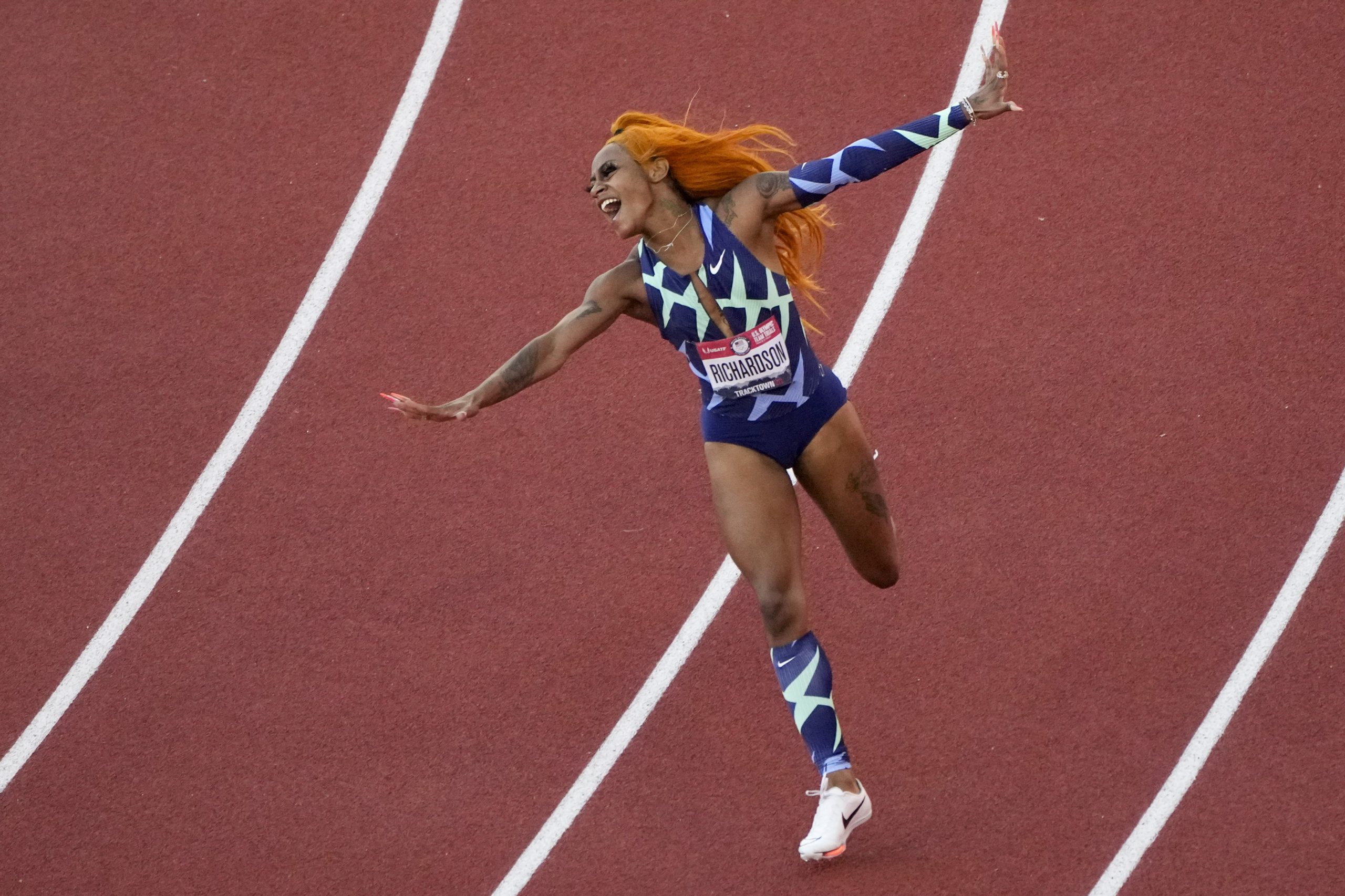

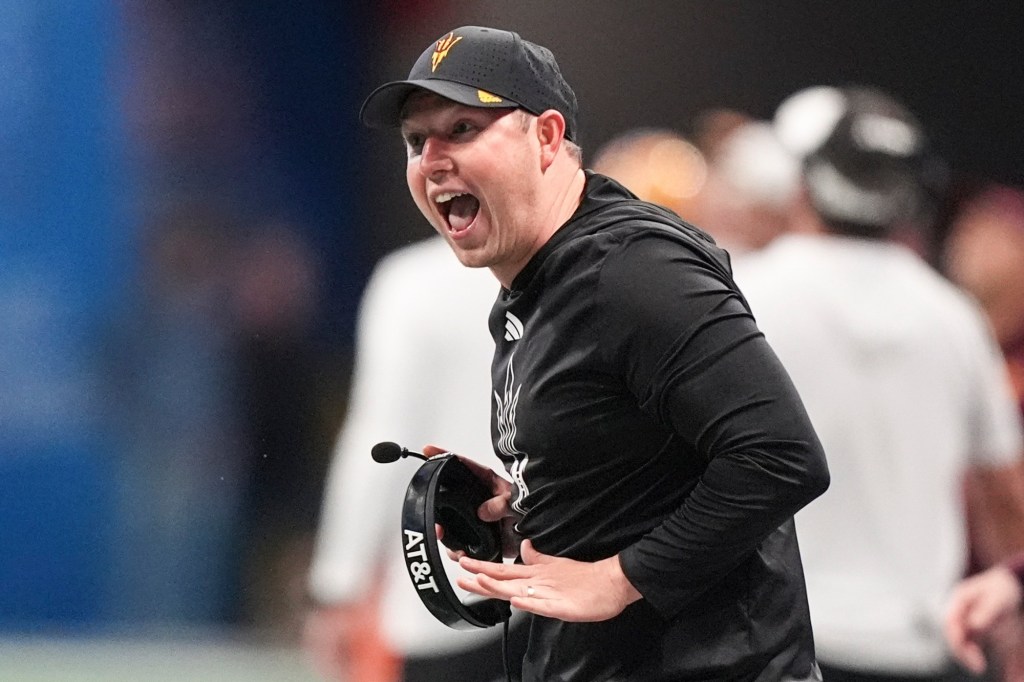
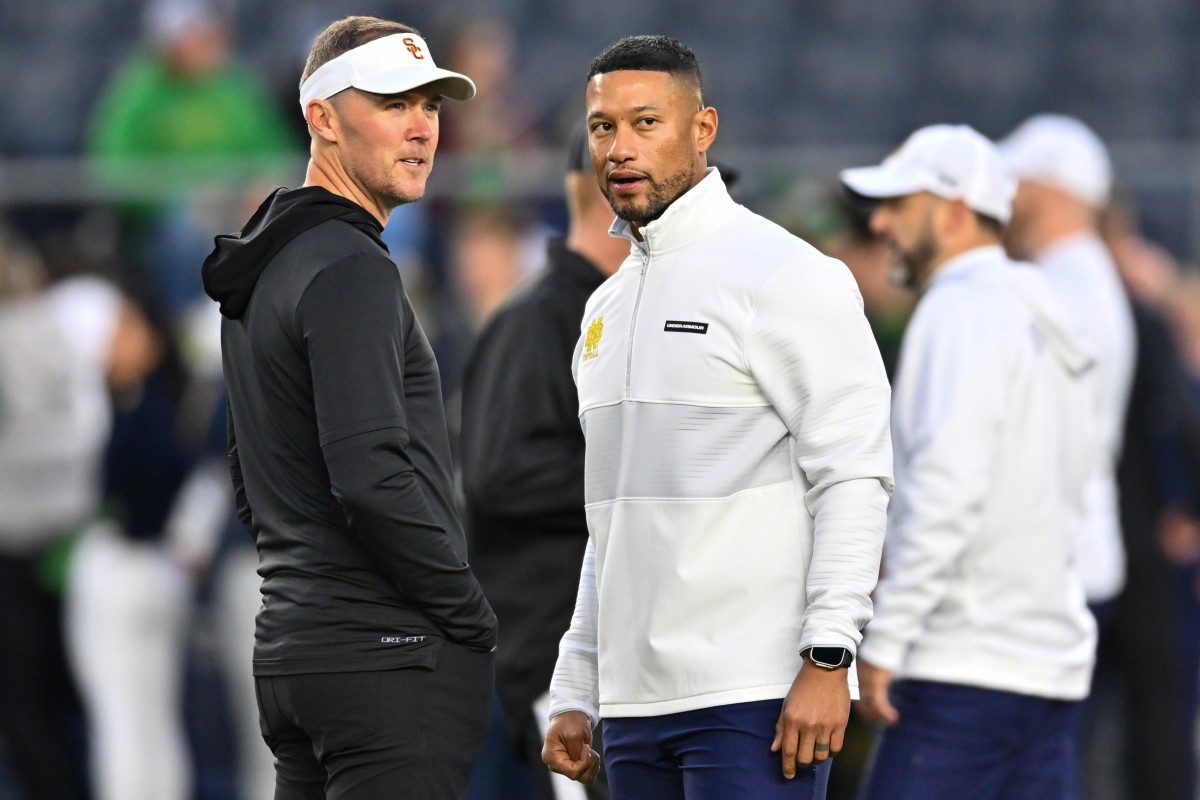

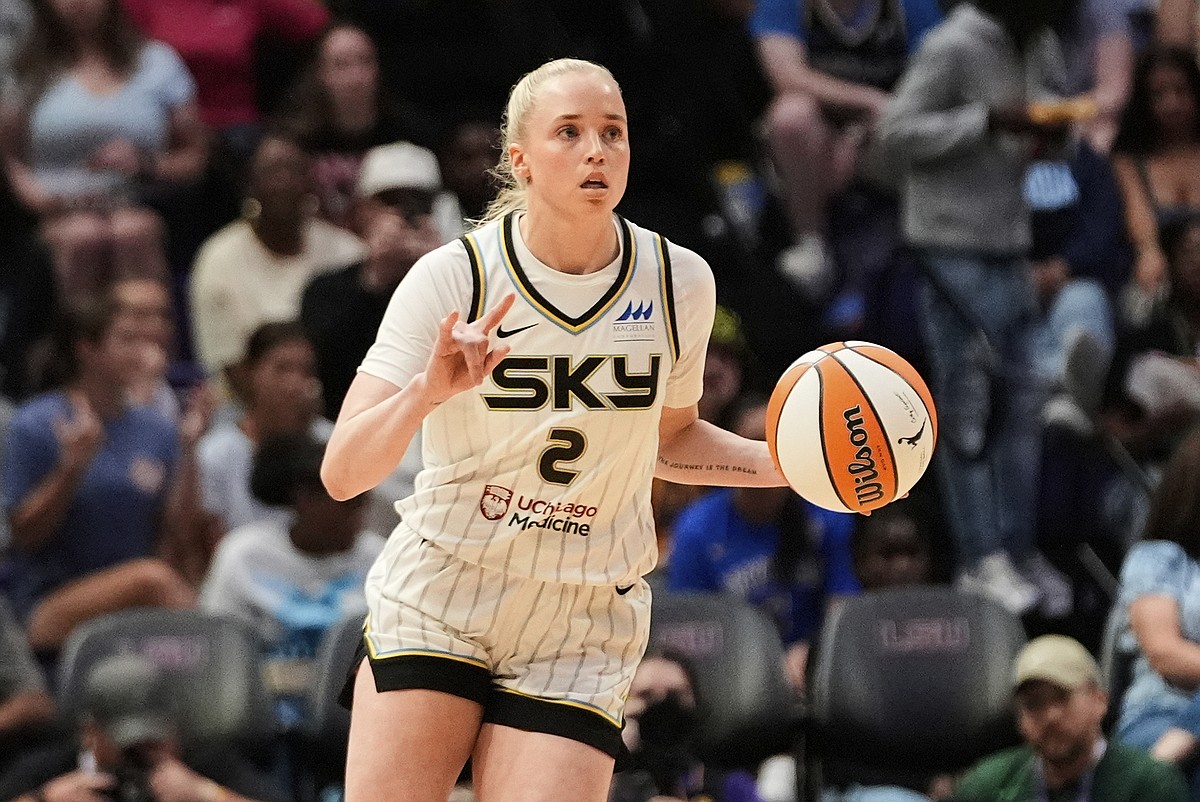
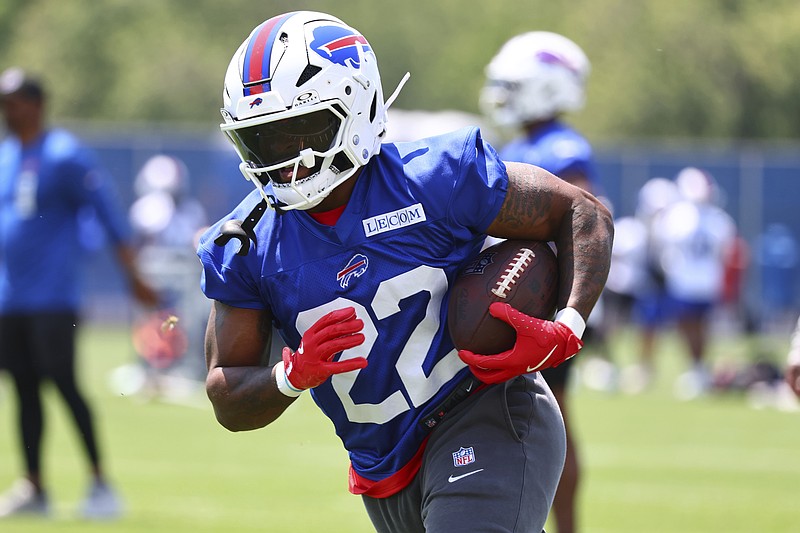











 DEBATE IS OVER?! Stephen A. and Shannon Sharpe were ‘SHELLSHOCKED?!’ | First Take
DEBATE IS OVER?! Stephen A. and Shannon Sharpe were ‘SHELLSHOCKED?!’ | First Take




































